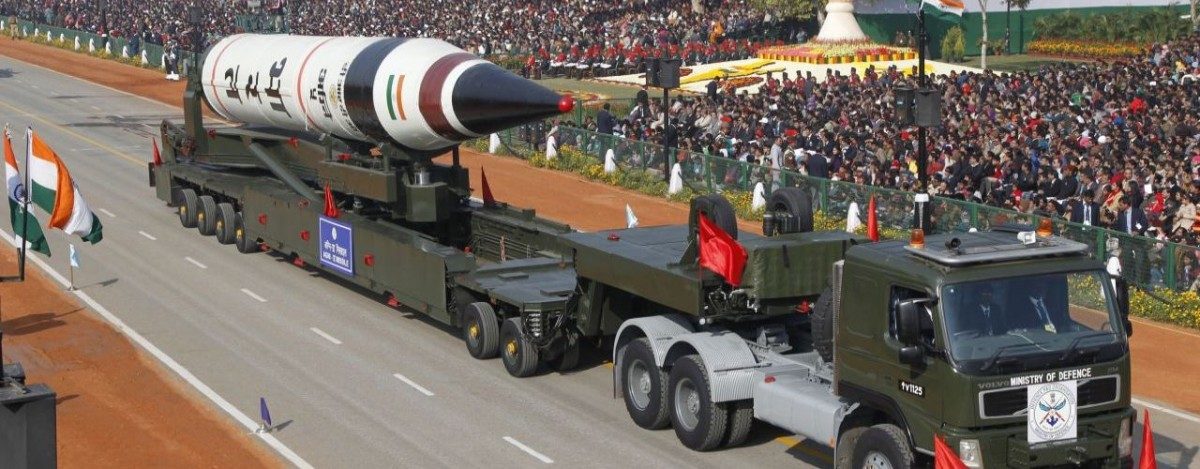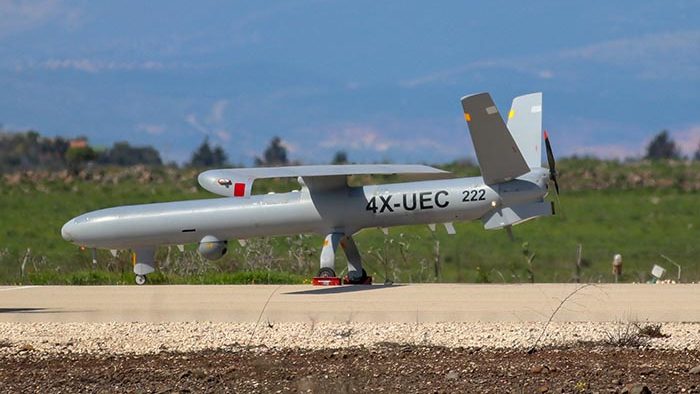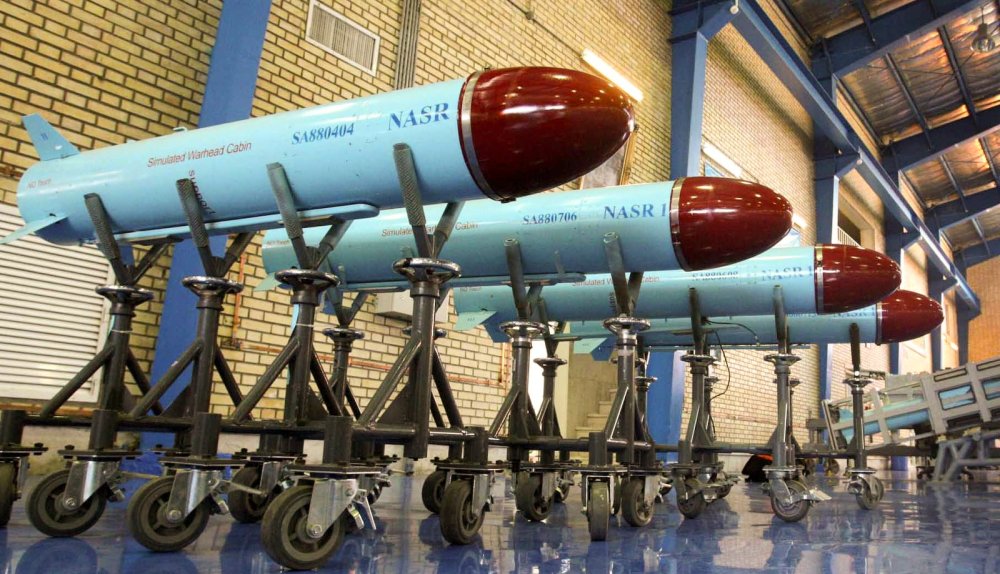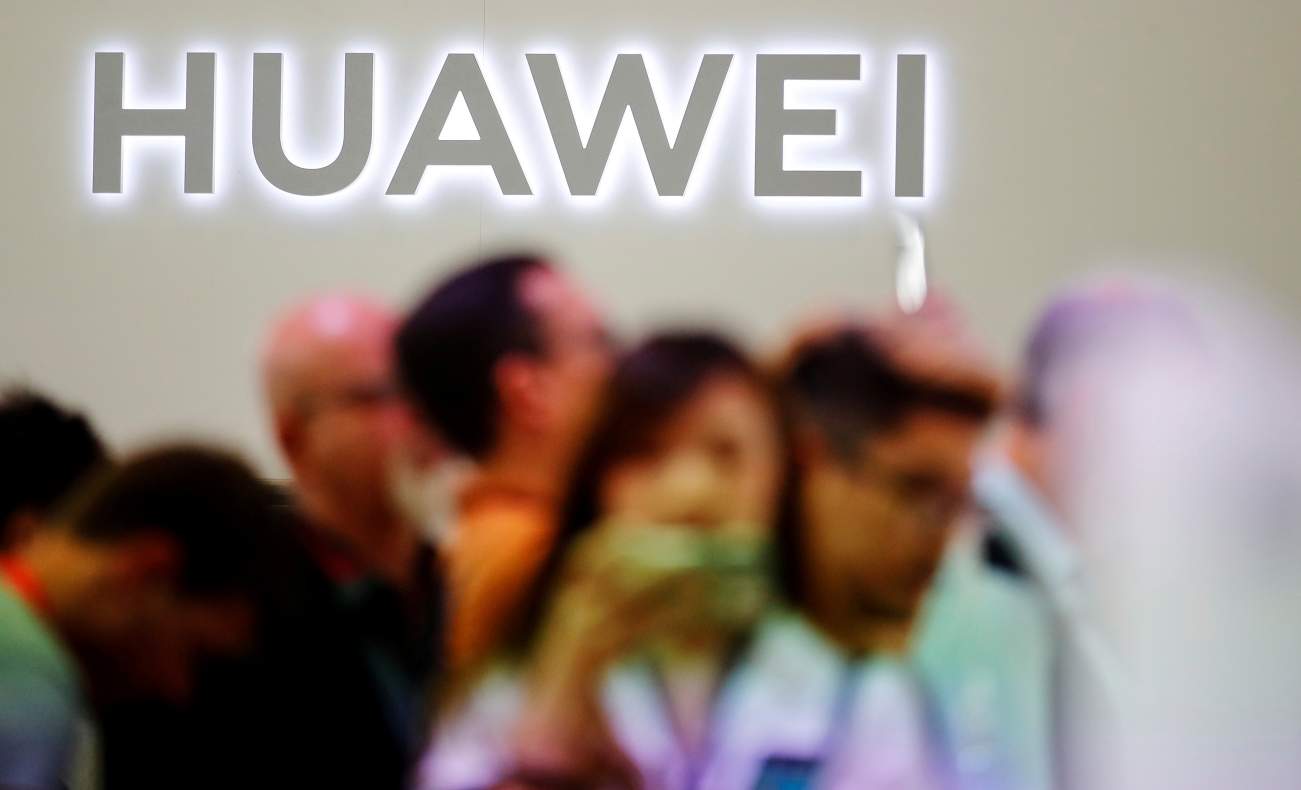 The private sector’s role in encouraging a country’s growth and economic development cannot be overstated. Private enterprises are the chief agents in creating employment, providing funds, building competitiveness and driving innovation - all essential instruments for growth.
The private sector’s role in encouraging a country’s growth and economic development cannot be overstated. Private enterprises are the chief agents in creating employment, providing funds, building competitiveness and driving innovation - all essential instruments for growth.
The private sector, in particular, takes entrepreneurial risks, which is central to how it translates investments into wealth creation and income generation. This role takes on further significance in the current context, as rising uncertainties in a rapidly changing global landscape cause economic growth concerns, particularly for emerging nations.
In the past, India has shown strong resilience in the face of global volatility and has continued to grow steadily, placing it among the world’s fastest-growing economies. The Indian economy grew at a rate of 6.8% during 2018 and is projected to grow at a rate of 7% and 7.2% during 2019 and 2020, respectively. The private sector has played a huge role in India’s development and is largely responsible for the phenomenal growth registered by the country since the economy was opened up in 1991.

















/arc-anglerfish-arc2-prod-mco.s3.amazonaws.com/public/32MHLFOBEFFBFIOKR2ZRINJYRY.jpg)
/arc-anglerfish-arc2-prod-mco.s3.amazonaws.com/public/HVCJX6IKSBHFRFQGW2XPSBX65M.jpg)